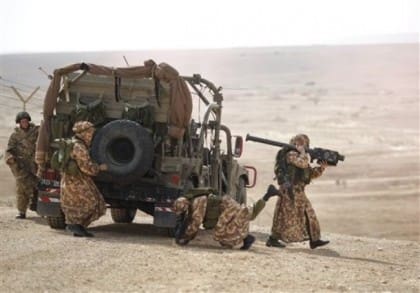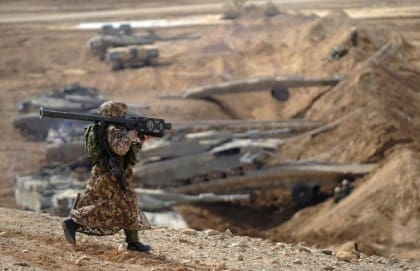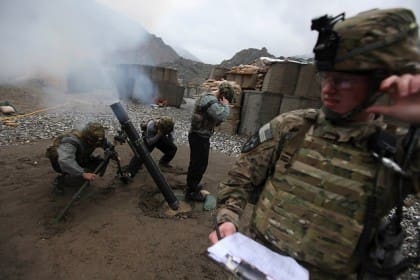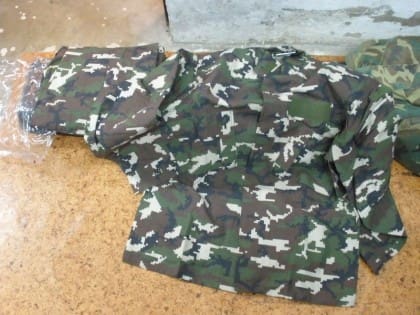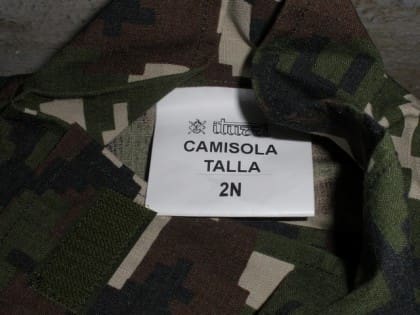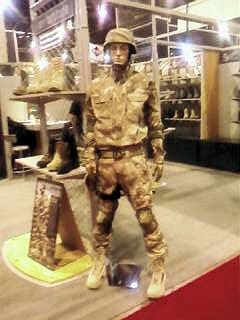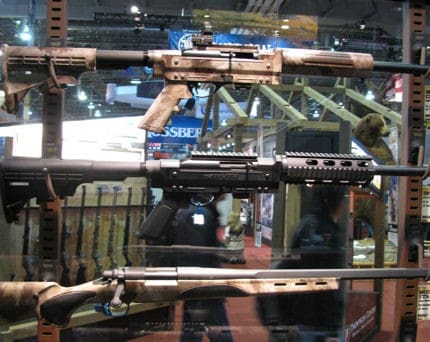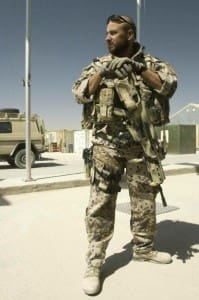 Strike Hold! has put together a pretty comprehensive photo study of the latest camo patterns from all over. Quite a bit of it is digital and in his well put together introduction he makes a good case that the digital craze started by the Canadians has made the biggest influence in international combat uniform design. Take some time to peruse the photos collected from a wide variety of sources. You will also see quite a bit of American influence over pattern selection among allied nations.
Strike Hold! has put together a pretty comprehensive photo study of the latest camo patterns from all over. Quite a bit of it is digital and in his well put together introduction he makes a good case that the digital craze started by the Canadians has made the biggest influence in international combat uniform design. Take some time to peruse the photos collected from a wide variety of sources. You will also see quite a bit of American influence over pattern selection among allied nations.


